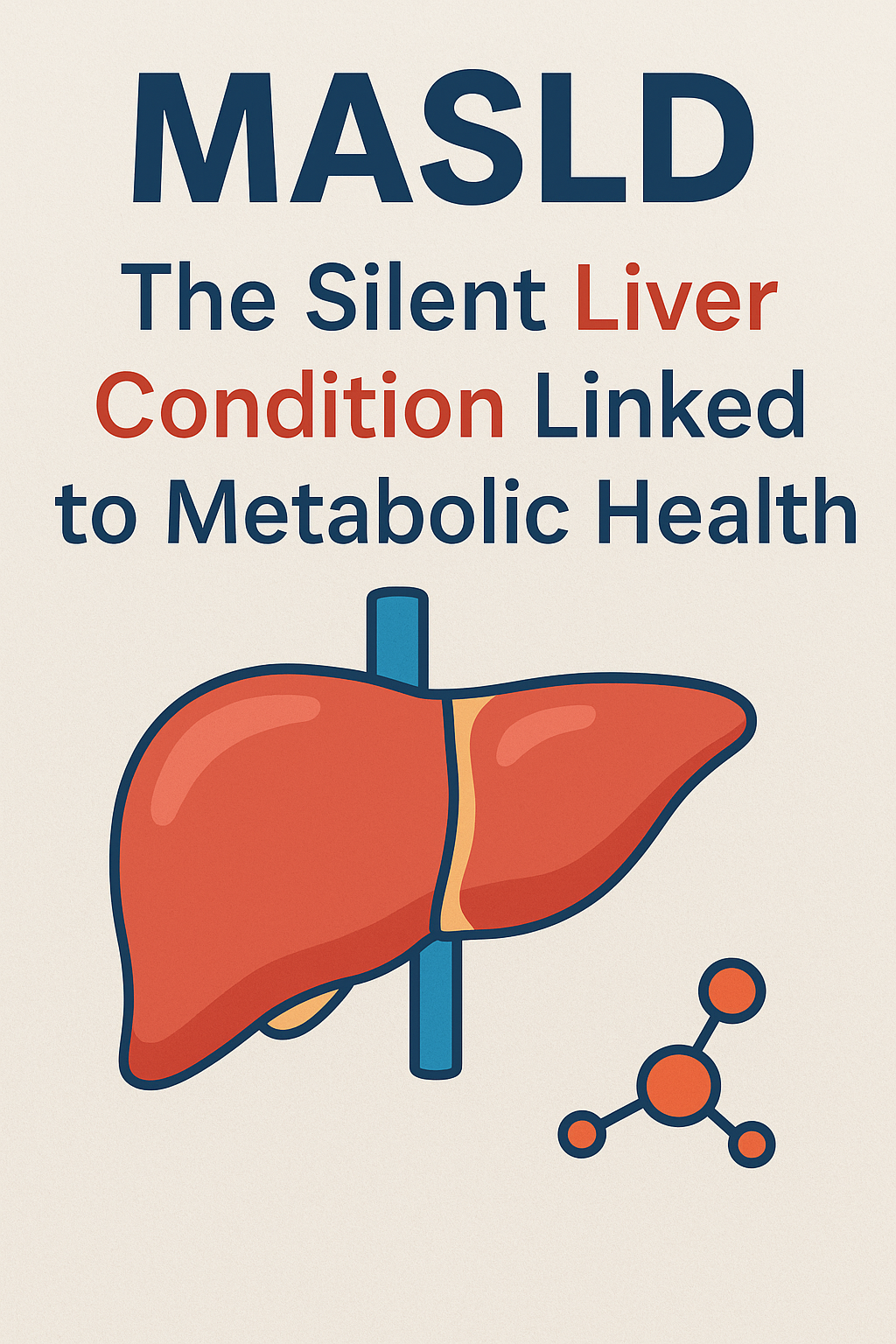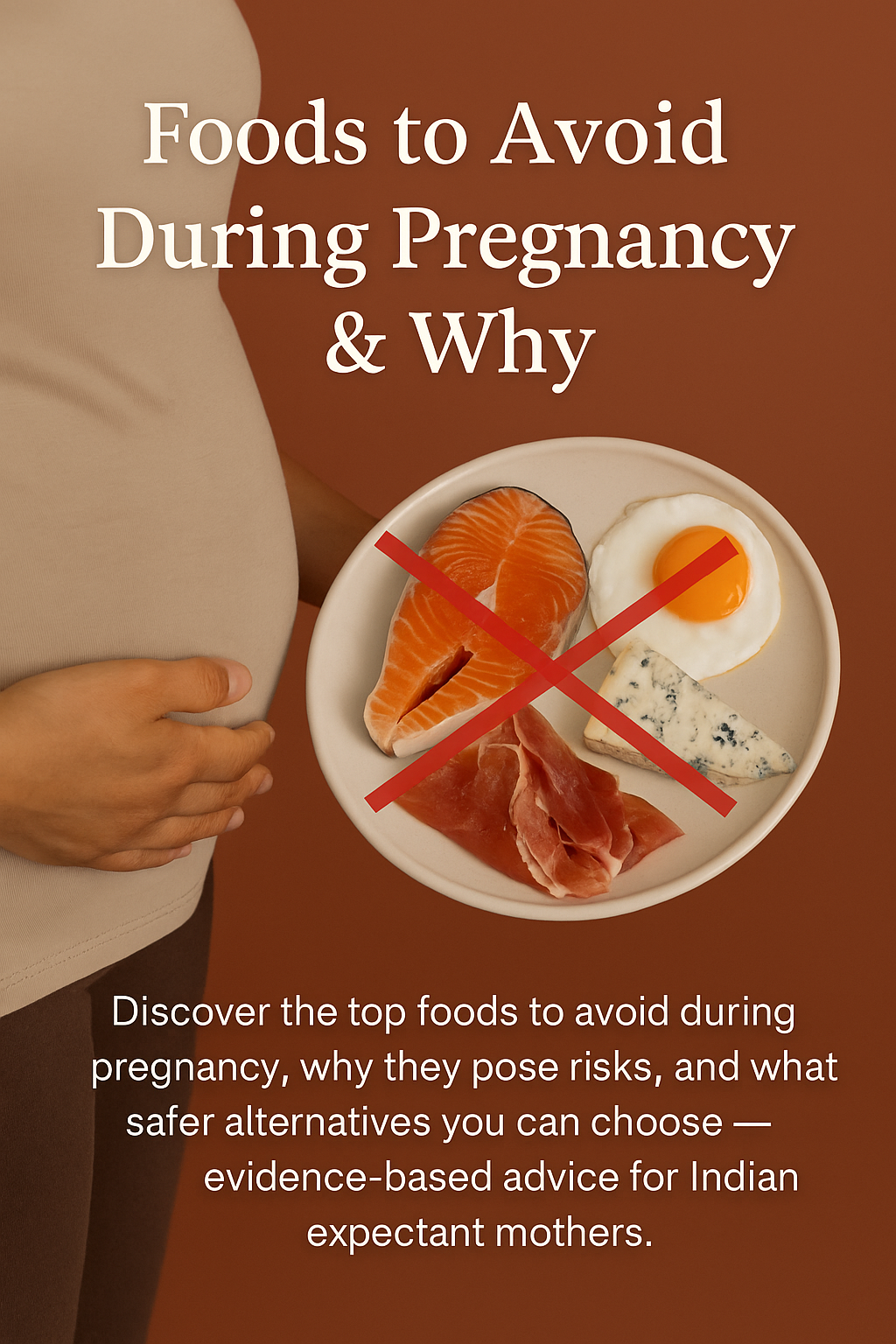In recent years, the food industry has faced increasing scrutiny over the safety of ingredients used in food products. One of the most concerning issues is the presence of substances in our food that have been linked to cancer. The U.S. Food and Drug Administration (FDA) has taken steps to address this concern, banning certain harmful substances from the food supply. In this blog, we’ll look at some of the most notable cancer-causing substances banned by the FDA in the last decade and discuss their implications for public health.
1. Propyl Paraben (2015)
Propyl paraben, a type of paraben used as a preservative in food and cosmetics, was banned by the FDA after studies linked its use to potential endocrine disruption and an increased risk of certain cancers, particularly breast cancer. Parabens, including propyl paraben, can mimic estrogen in the body, leading to hormonal imbalances. These imbalances have been shown to contribute to the development of certain cancers, including breast and prostate cancer.
The FDA took action after long-standing concerns from health professionals and activists, who argued that prolonged exposure to parabens could have lasting effects, especially in children. The ban on propyl paraben in food products has helped reduce its use in the market, although it remains in many cosmetic and skincare products.
2. BHA and BHT (2018)
Butylated Hydroxyanisole (BHA) and Butylated Hydroxytoluene (BHT) are chemical preservatives used to extend the shelf life of processed foods. These substances have been widely used in everything from breakfast cereals to snack foods, but research over the years has raised red flags about their potential carcinogenic effects.
In 2018, following increasing public and scientific pressure, the FDA moved to restrict the use of BHA and BHT in food products. The decision was based on several studies that suggested these preservatives could potentially lead to the development of cancer, particularly liver and kidney cancer. BHA and BHT have been shown to increase the risk of certain cancers in animal models, and although there was insufficient evidence for humans, the FDA acted out of an abundance of caution.
3. Azodicarbonamide (2014)
Azodicarbonamide is a chemical used in the food industry as a dough conditioner and bleaching agent in baked goods. It’s most commonly found in products like bread, bagels, and pizza dough. In 2014, the FDA finally took a hard stance against its use, following extensive consumer advocacy and mounting evidence linking the substance to cancer.
Azodicarbonamide has been shown to release toxic byproducts, including semicarbazide, which has been classified as a potential carcinogen. Several countries, including the European Union and Australia, had already banned the use of azodicarbonamide, and the FDA followed suit, requiring food manufacturers to remove the substance from their products. The decision came after growing concerns about the safety of consuming products with such potentially harmful chemicals, especially over time.
4. Artificial Food Dyes (Red 3) (2019)
Artificial food dyes have long been a topic of controversy, with concerns ranging from hyperactivity in children to cancer risks. Red 3, a synthetic colorant, was banned for use in cosmetics and external drugs in 1990 due to its link to thyroid cancer in animals. However, it continued to be used in food products until 2019 when the FDA implemented a formal ban.
The move to ban Red 3 in food products was based on evidence from animal studies that indicated a clear association between this dye and the development of thyroid cancer. Although some food companies had already voluntarily removed Red 3 from their products, the FDA’s formal ban made it illegal for food manufacturers to use it in any new products or to add it to products already on the market.
5. Tert-butylhydroquinone (TBHQ) (2020)
Tert-butylhydroquinone (TBHQ) is a synthetic antioxidant used in food packaging, preservatives, and processed foods to maintain freshness. Though the FDA had approved its use in small quantities, growing concerns about its safety have led to stricter regulations in recent years. TBHQ is a byproduct of petroleum and has been linked to several health problems, including cancer.
In 2020, after reviewing new data about its long-term effects, the FDA implemented more rigorous testing and reduced the acceptable limit of TBHQ in food products. The substance has been shown to cause cancer in animal studies, particularly when consumed in large quantities. While the FDA did not ban it entirely, this restriction significantly limits its use in food products.
What This Means for Consumers
The bans on these cancer-causing substances are a significant step in ensuring food safety and protecting public health. These actions reflect a growing understanding of the harmful effects of certain chemicals used in food production and a commitment to minimizing the risks associated with long-term exposure. However, while the FDA’s decisions are promising, many substances remain unregulated or only partially restricted.
As consumers, we must remain vigilant and make informed choices about the foods we purchase. Opting for whole foods, organic products, and items with minimal artificial ingredients can help reduce our exposure to potentially harmful chemicals. Additionally, advocacy for stronger regulations on food safety continues to be crucial to protect future generations from harmful substances.
Conclusion
The FDA’s recent bans on cancer-causing substances in food are a crucial step toward safer and healthier consumption. As we learn more about the long-term effects of the chemicals in our food, regulatory bodies like the FDA are adapting to the evidence and taking action to protect public health. Although progress has been made, the ongoing vigilance of consumers, scientists, and lawmakers is essential in creating a safer food environment. Let’s continue to prioritize our health by staying informed and making conscious food choices.






